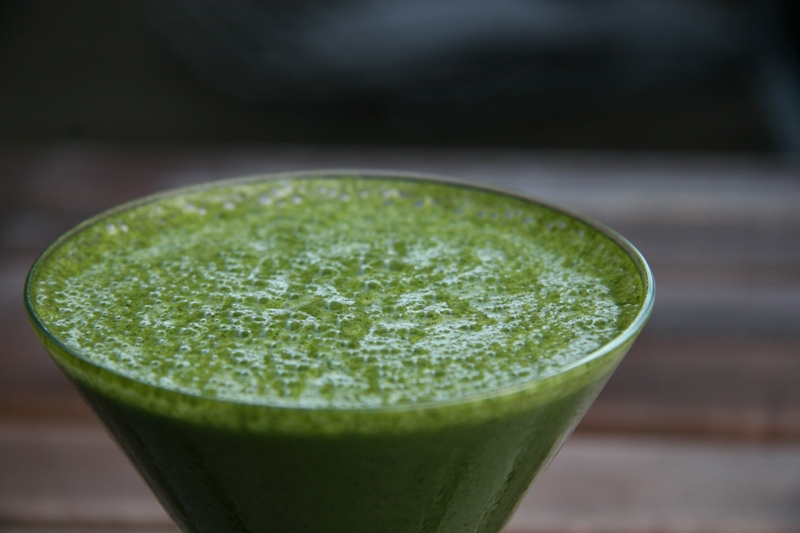Did you know that the average person recalls only half of what they eat? Though you may remember what you had for breakfast, what about the extra nibbles you had while watching TV, snacking on the phone or picking off your kids' plates?
A food diary puts a stop to this lack of accountability. In fact, studies show that people who keep food journals lose more weight and keep more weight off in the long run. The National Weight Control Registry (an ongoing research project that tracks successful weight loss habits) found that keeping a food journal is one of the top strategies used by most successful dieters.
A recent study found that dieters who tracked their food intake lost twice as much weight as those who didn't track their food.
Your food diary
Whether you put pen to paper or choose a program from the Internet, a good food diary will typically track:
- Calories of all food and drinks
- Time of day
- Portion size
- Emotions or feelings
Keeping a food diary will help you confront the truth about how much, when and why you eat. Then, you can start making the required changes. In addition, journaling can help to:
Control binge eating. You are less likely to go for that second helping if you know you have to write it down.
Track progress. A food diary can serve as evidence of how far you have come in your journey. It also feels great to look back and see you are eating better today than you did weeks or months ago.
Encourage conscious eating. Unconscious eating occurs when we eat without paying attention. You are more likely to avoid eating for unconscious reasons if you are writing it down.
Connect eating to emotions. Many people include a column for "observations" or "emotions" in their diaries. In this way, journals can be used to examine certain feelings that may trigger overeating. Only once you identify the causes can you start to do something about them.
Point out nutrition imbalances. As you jot down your meals and snacks, you may notice you lack fruits and vegetables on most days, or that you never eat a protein source until dinner. A food diary can give you clues, in black and white, as to what foods you have been neglecting and need to include in your diet.
Monitor eating patterns. Until you keep a food journal, you may not realize that you have a seven-hour gap between your 11:30 lunch and your 6:30 dinner. Perhaps this is why you're at the vending machine every afternoon at 3 p.m., downing a bag or two of chips or cookies. Solution? Plan to bring or store a healthy snack for the mid-afternoon to ward off poor eating choices.
Monitor calories. Journaling usually requires you to track your calorie intake - which can be eye-opening. Perhaps you were not aware your afternoon soda had 150 calories, or your "innocent" morning latte had 250. By forcing yourself to track portions and calories, you can begin to make adjustments.
Show commitment. The effort and time it takes to keep a food journal is proof that you are committed to your health, and have a desire to take a proactive role in your weight loss.
Don't underestimate the power of journaling...
...if you bite it; write it!!!
For more info take a look at this week's flyer.








